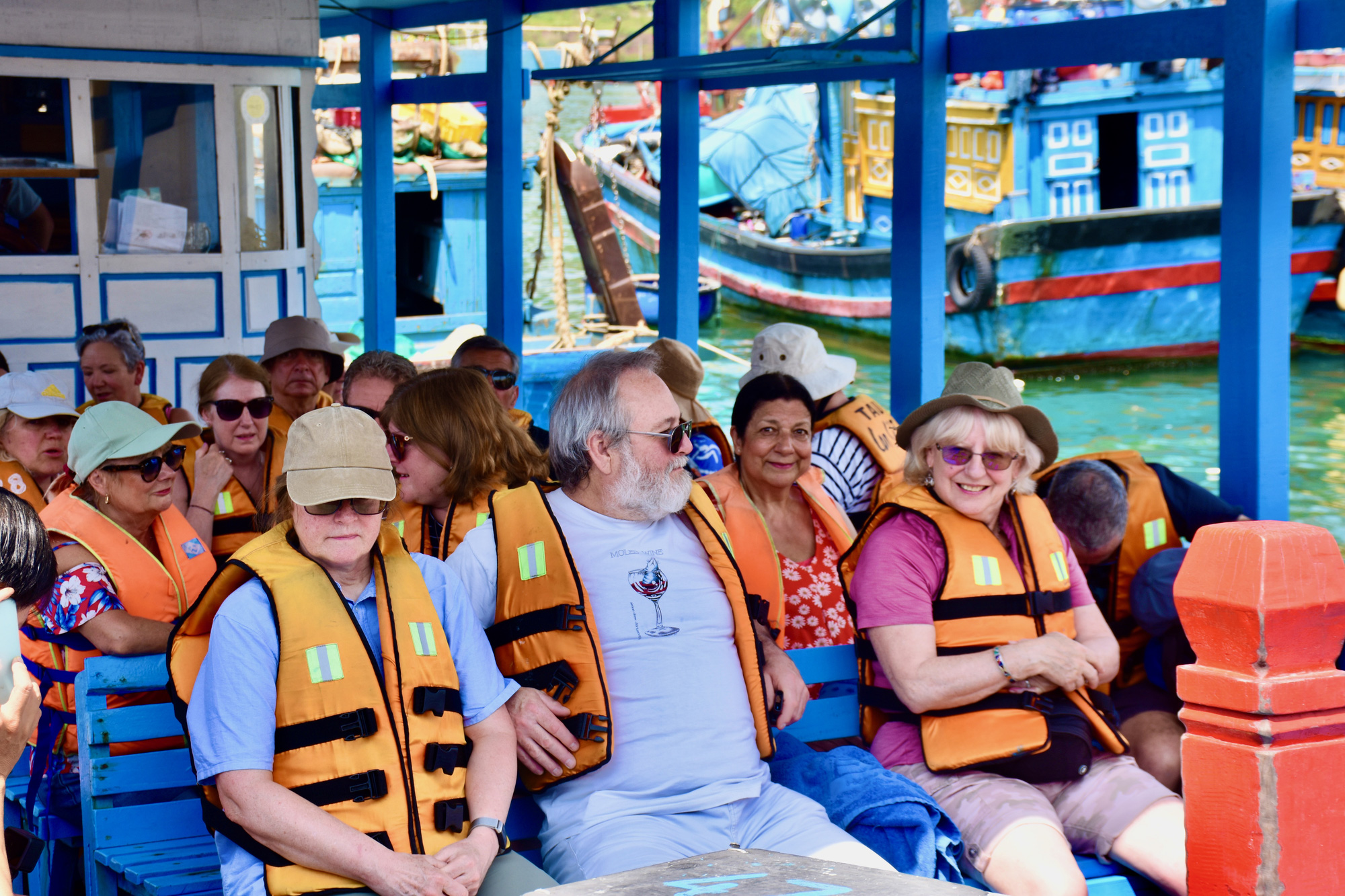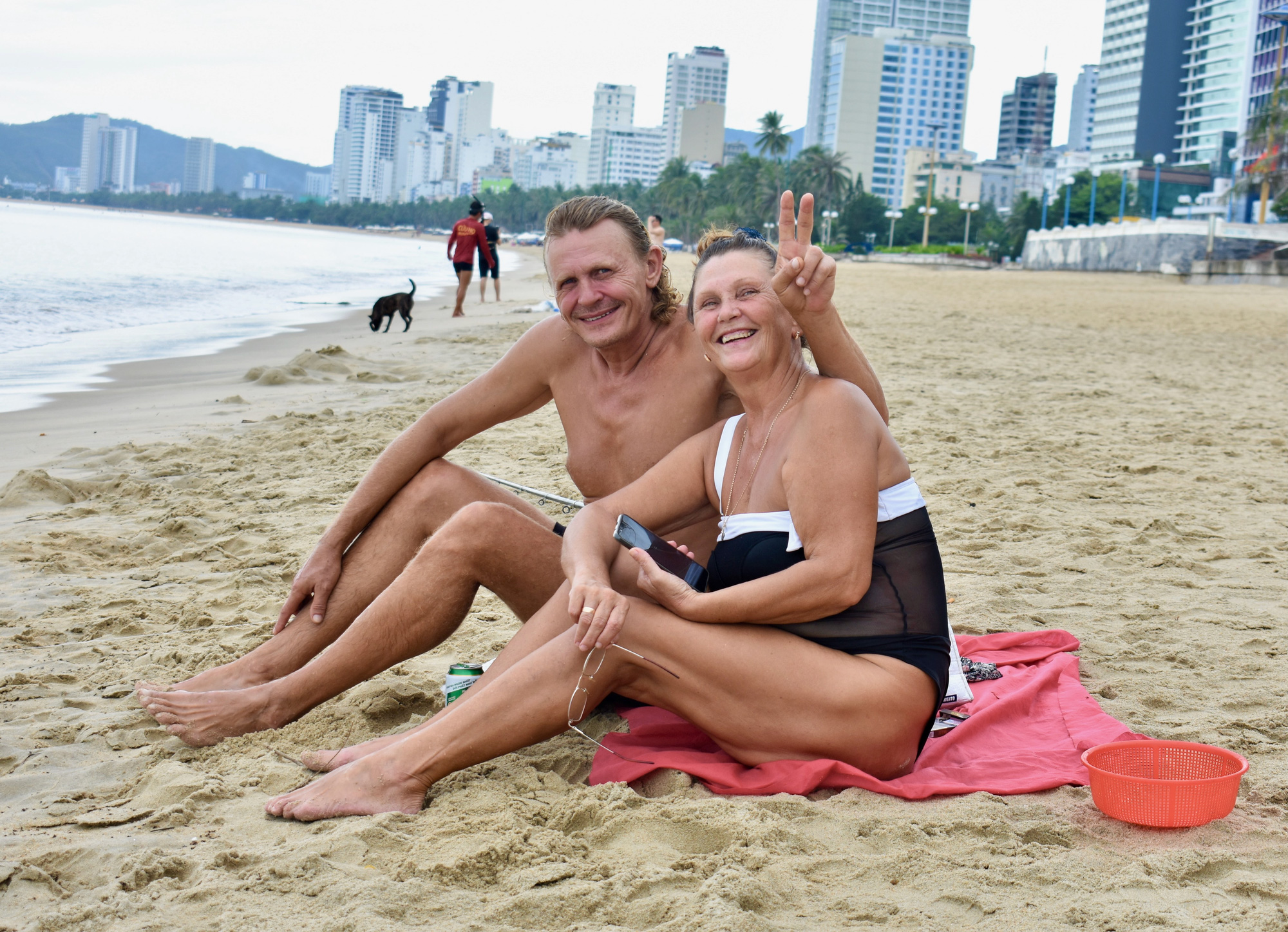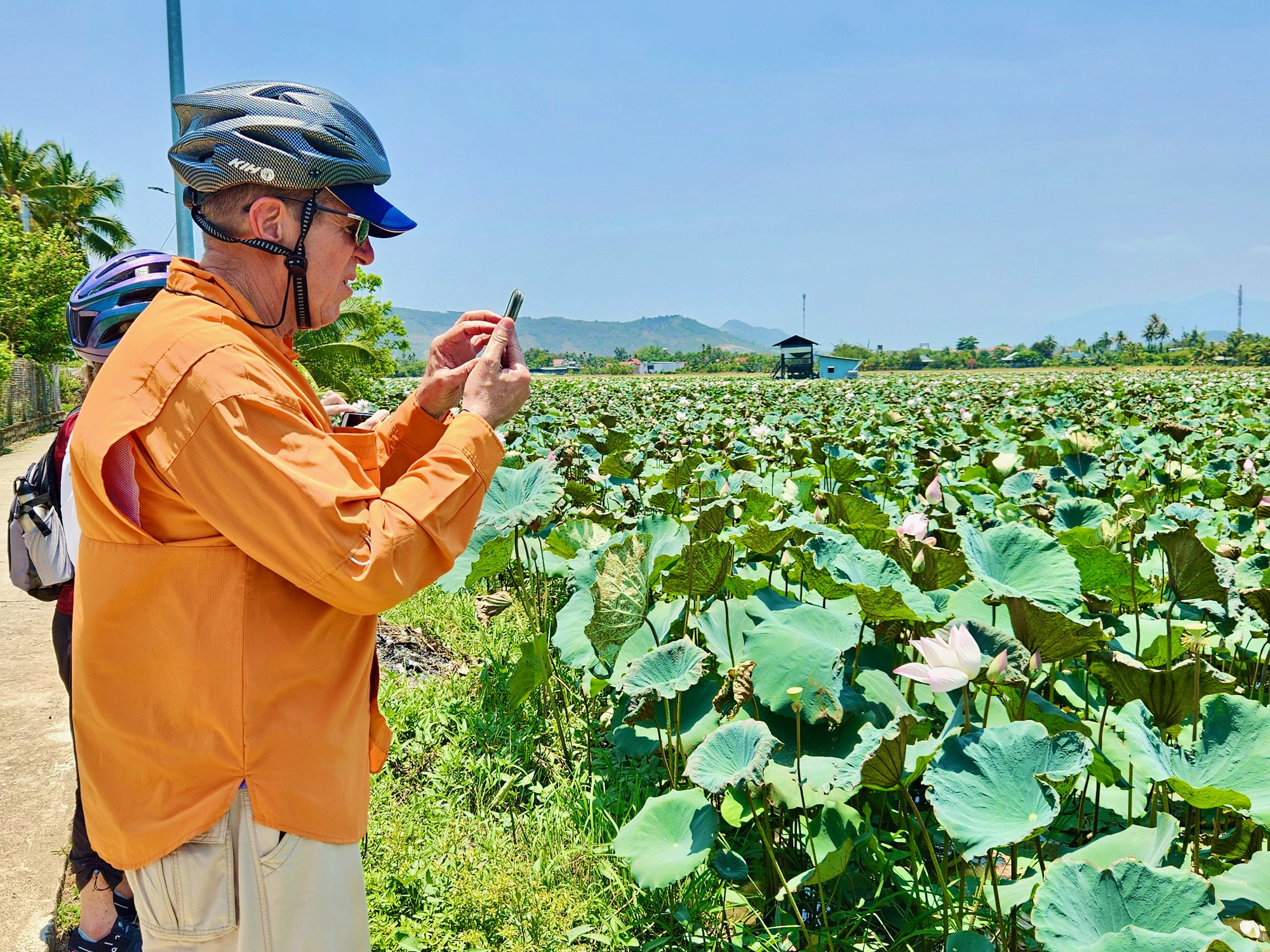Nha Trang, a city in in Khanh Hoa Province, south-central Vietnam, has become a tranquil resort destination favored by older tourists and retired individuals, with medical tourism rising from its infancy.
The coastal tourist city was honored by American travel magazine Travel + Leisure as one of the world’s eight best coastal destinations to retire thanks to its beautiful views, mild weather, and relaxing ambiance.
The magazine introduced Nha Trang as a city boasting stunning beaches, a thriving foreign community, and a pleasant climate.
It highlighted the availability of high-quality healthcare services at various local hospitals.
Nha Trang is also considered a pedestrian-friendly urban center with dependable public transportation, lively nightlife, delectable cuisine, and abundant entertainment options.
These conditions have all played a role in the growing number of middle-aged and older visitors making their way to the city, according to a representative from Champa Island Nha Trang, a local resort hotel.
“Older guests typically prefer to relax within the resort premises and utilize the nearby facilities,” explained the representative.
“They tend to appreciate separate, tranquil accommodations within the resort.
“They often make reservations indirectly through their children or travel agencies rather than booking directly.”
“Our daughter reserved a hotel room in Nha Trang for me and my husband,” said Le Ngoc Xuan, a 61-year-old tourist from Hanoi.
“The hotel’s proximity to the beach allows us to enjoy swims, both in the morning and afternoon, which is delightful.
“The hotel also offers two buffet breakfasts and dinners, so there are many dining choices.”
|
|
| A foreign couple smiles for a photo by the beach in Nha Trang City, Khanh Hoa Province, south-central Vietnam. Photo: Minh Chien / Tuoi Tre |
According to Tran Minh Duc, chairman of the Khanh Hoa Travel Association, retired and older tourists typically gravitate toward serene locales with ample open spaces, such as historic towns, villages, and islands.
They also favor spiritual journeys, pilgrimages, and health-focused experiences like mineral mud baths, hot springs, and massages.
“However, older and retired tourists often have health and psychological challenges, particularly mobility issues,” Duc noted.
“Therefore, tour itineraries should prioritize leisure, with extended durations at each stop.
“Meals should be nutritious and easily digestible, while accommodations should be on lower floors to facilitate accessibility, ensuring a comfortable experience.”
Potential for medical tourism
Travel companies have noted a significant interest among retired and elderly tourists in medical tourism in Khanh Hoa.
The nascent local form of medical tourism combines healthcare services with resorts offering acupuncture, acupressure spas, and dental procedures, albeit on a small scale.
In comparision, countries like Thailand and Australia have developed more comprehensive medical tourism models, integrating modern hospital systems with visits to herbal gardens and herb shopping.
In order to fully leverage Khanh Hoa’s natural advantages, particularly in its forest system and the potential of mineral mud, for the expansion of medical tourism, several resorts have begun offering medicinal mud baths and stone foot massages.
|
|
| A foreign tourist takes photos of a lotus pond in Nha Trang City, Khanh Hoa Province, south-central Vietnam. Photo: Minh Chien / Tuoi Tre |
Trinh Ngoc Hiep, deputy director of the Khanh Hoa Department of Health, asserted that the province’s health development strategy toward 2030, with a vision for 2045, includes fostering international collaboration in developing a medical tourism model.
“Although Nha Trang boasts many hospitals and service clinics, medical tourism is still in its infancy and lacks clear regulations,” commented Hiep.
“Presently, tourists or travel companies primarily seek medical facilities for examinations or utilize service packages such as cosmetic surgery or fertility treatment.”
To professionalize medical tourism, Hiep stressed the need for enhanced doctor and staff quality.
Besides expertise, proficiency in foreign languages is essential for serving tourists.
Treatment facilities must meet resort standards, including high-quality equipment, amenities, and adherence to medical protocols.
Hiep also underscored the importance of collaboration between hospitals and travel companies in designing and offering appealing medical tourism products.
Like us on Facebook or follow us on Twitter to get the latest news about Vietnam!



















































